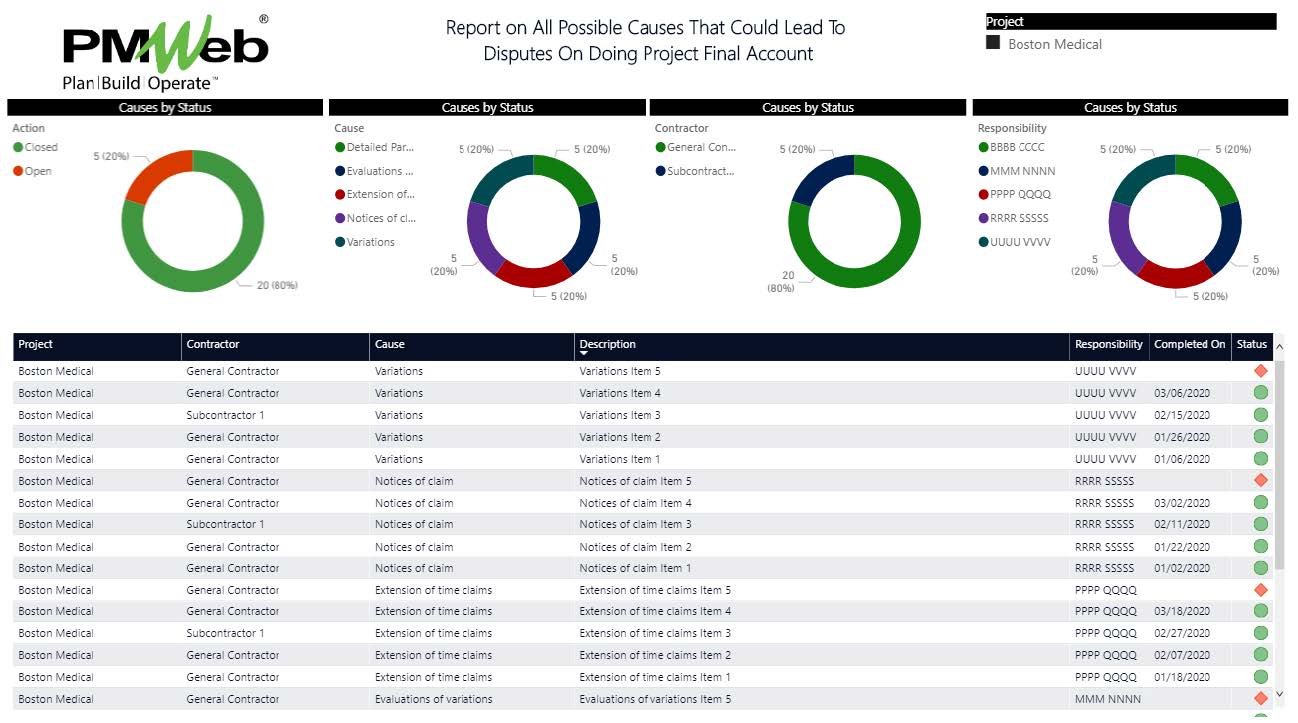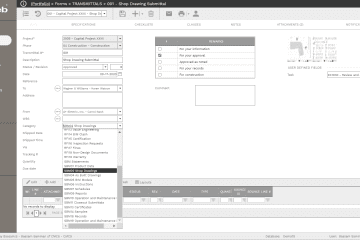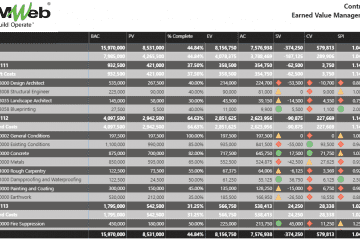In an article titled “Why do Final Accounts lead to Disputes?” written by Andy Hewitt on Claim Class, November 16, 2020 (https://www.constructionclaimsclass.com/why-do-final-accounts-lead-to-disputes/), five reasons were identified as the possible reasons for disputes when doing the final account on a capital construction project. Those were the contractor’s failure to submit notices of claim and/or early warnings, the contractor not giving notice when an instruction constitutes a variation giving rise to additional payment, the contractor failing to submit detailed particulars of claims within the contractual time frames, the contractor not submitting evaluations of variations in a timely manner and the contractor’s failure to submit an extension of time claims within the contractual time frames.
The Final Account for the capital construction project is prepared to show the final cost of a project that has been completed by the contractor. Final Account includes the cost of defect liability period, all additions, alterations, deductions resulting from project changes, and other related payments as stated in the contract. Hence, the assessment and agreement of the Final Account are usually of the utmost importance to both the client and contractor.
For a contractor, delays in doing the final account will not only damage the relationship between the contractor and project owner but will have drastic financial impacts on the contractor, subcontractors, suppliers, and other entities in the project’s supply chain. For example, delays in the Final Account may cause problems to the contractor in making working capital and eventually lead to bankruptcy.
To reduce the likelihood of encountering any of the five reasons listed above that could lead to delays when doing the Final Account, it is recommended to implement a formal process to check if those reasons do exist and what is being done to close them. This will be achieved by creating a checklist titled “No Pending Notices Checklist” for which each the contract administrator, quantity surveyor, planning engineer, and other individuals who might have a role in managing claim notices, change orders, and extension of time requests to formally confirm that no actions are pending for their end. If required, the form can be also provided to subcontractors and suppliers to also complete and submit. The completed checklist will be submitted to the Contractor’s project manager for final approval with an option to send a copy to the Projects Manager or Chief Projects Officer at the corporate office.
Using a Project Management Information System (PMIS) like PMWeb, the “No Pending Notices Checklist” form will be created. For each possible cause of the five causes listed above, a table will be added to list all pending items or reasons with their action completion date. For actions that are still pending completion, the date field will be kept blank. Of course, the tables can be modified to include other fields that might be needed.
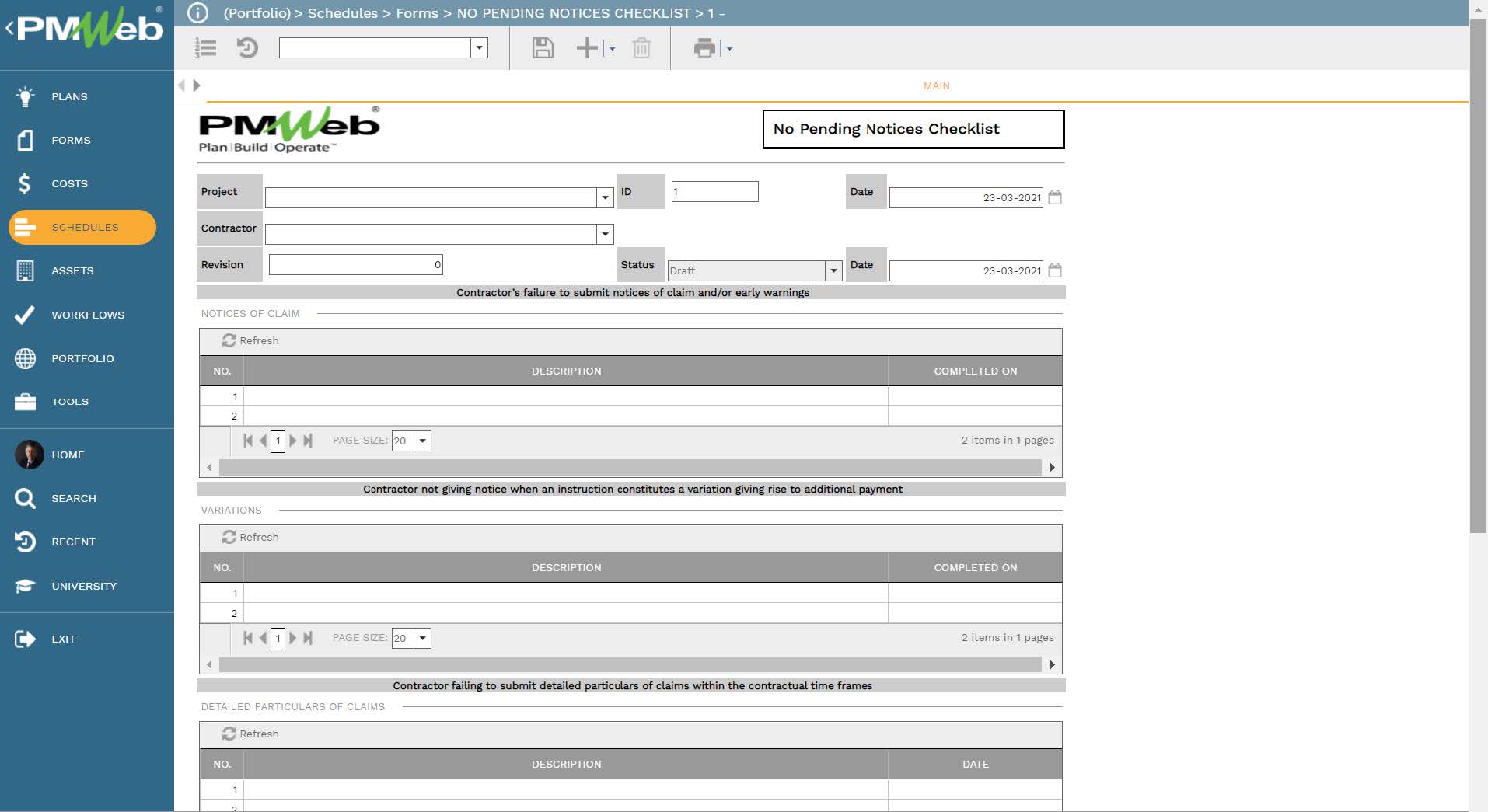
Since the “No Pending Notices Checklist” will be completed by different individuals, permission rights will be set for each table depending on the assigned individual accountable to complete all pending actions within each section. PMWeb allows assigning the permission rights to view and edit, view only, edit only or none by a role as well as be each individual name.

For all items captured in the checklist form by their accountable individuals, supportive documents for each item need to be attached to the form. Those documents, regardless of their type, need to be uploaded and stored in the PMWeb document management repository under their relevant folder or subfolder. Access permission rights can be set for each folder or subfolder to restrict access to those uploaded and stored documents.
If the contractor is using PMWeb to manage the business processes associated with claim notices, an extension of time requests, among others, then the relevant transactions of those processes can be linked to the related form. In addition, imported MS Outlook emails can be also linked to the checklist form.
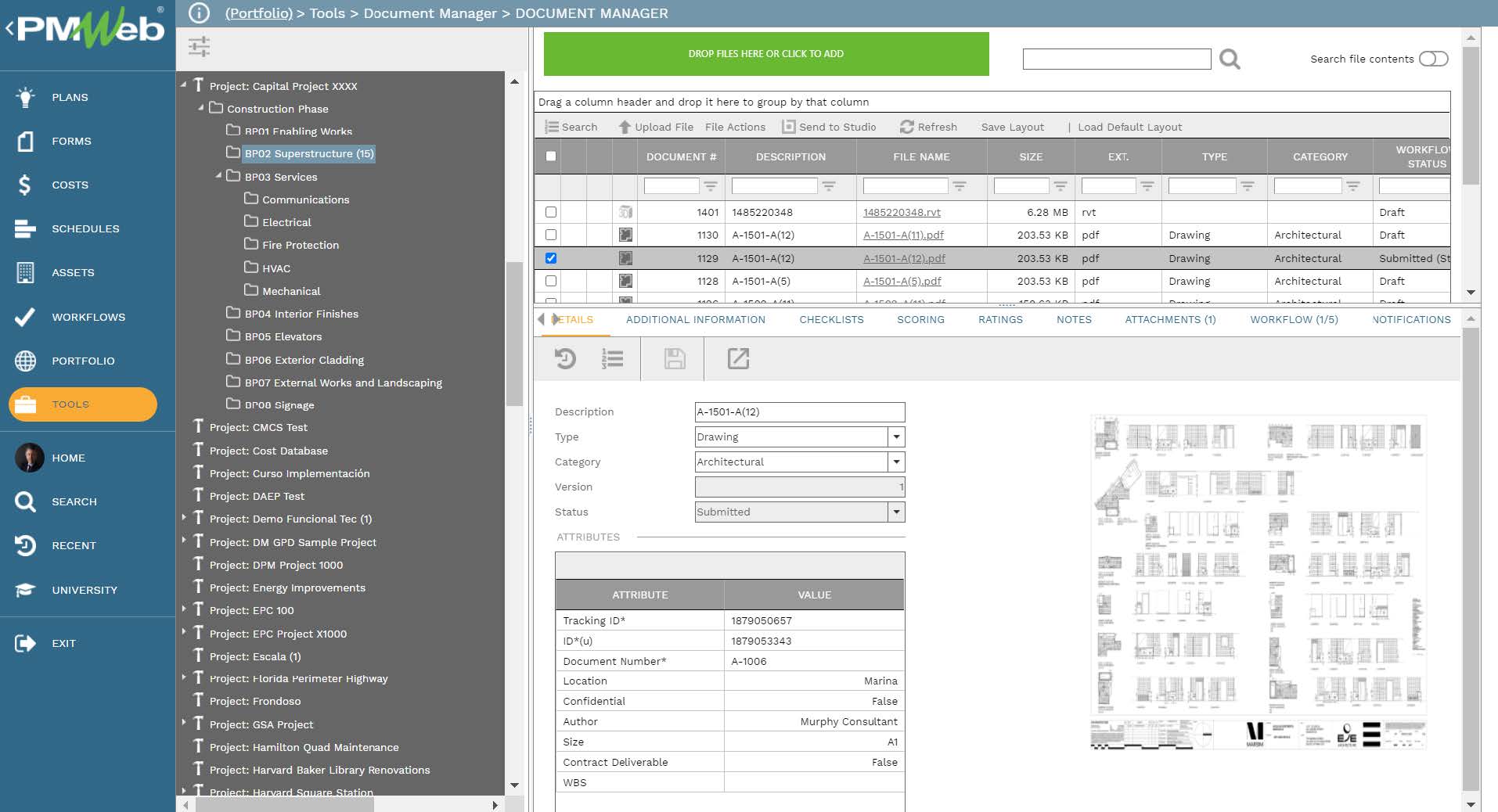
Since the contractor’s project manager will be the individual with the ultimate accountability for all project’s related business processes, a workflow will be assigned to the “No Pending Notices Checklist” form so it can be formally reviewed and approved by the project manager, regardless of the individuals who have submitted the form. The workflow will identify all needed steps, the duration for each step, responsibility for performing each step, actions that can be taken for each step, and the sequence for performing those steps.
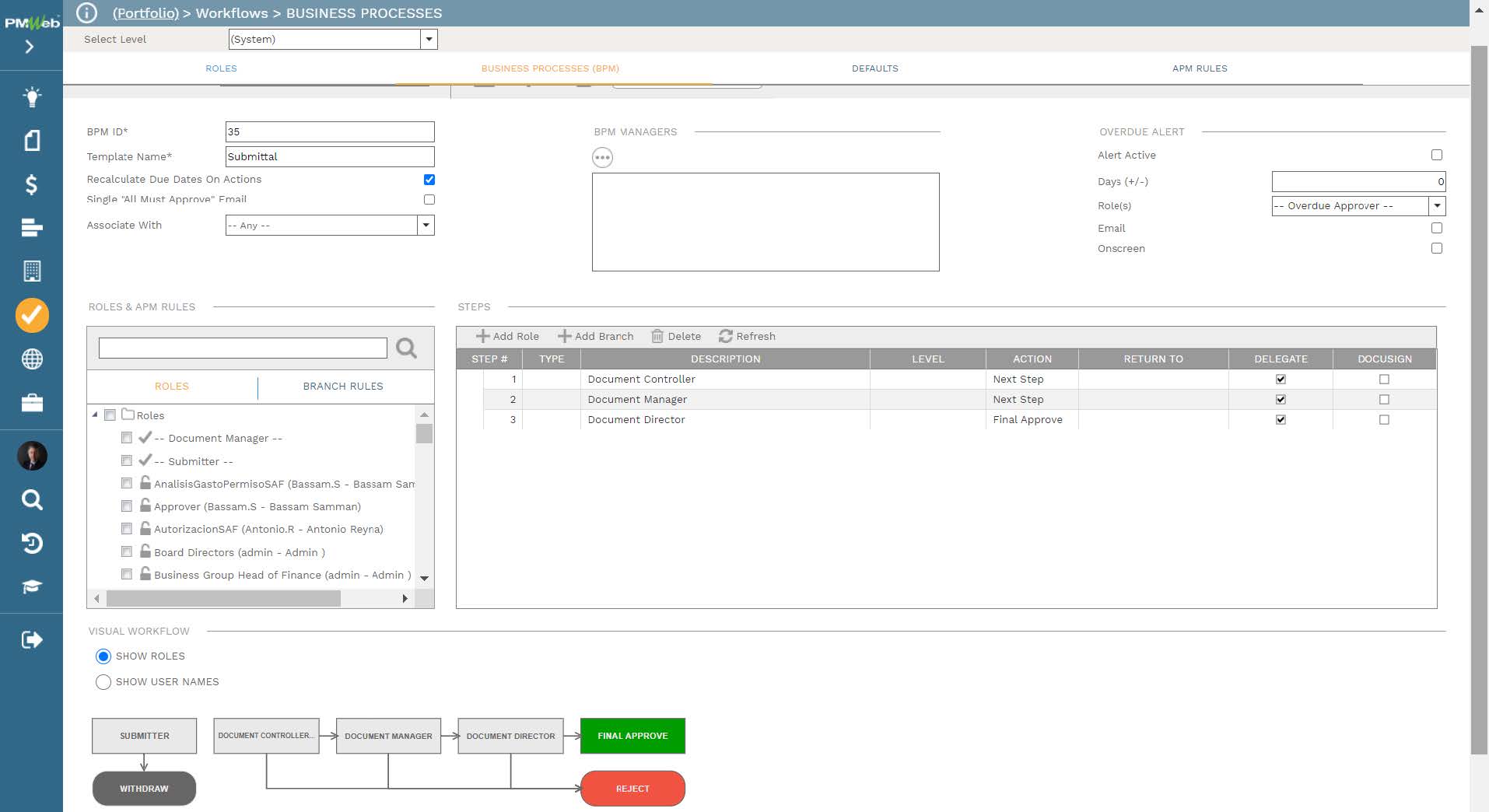
The data captured in the “No Pending Notices Checklist” form will become the basis for creating a report that will list all identified reasons that could cause disputes when doing the final account and their status. The report will include visuals to summarize those causes by status, cause type, the entity responsible for the cause, and the individual accountable for the cause. The report will provide an early warning of all pending actions that need to be completed before doing the Final Account.
